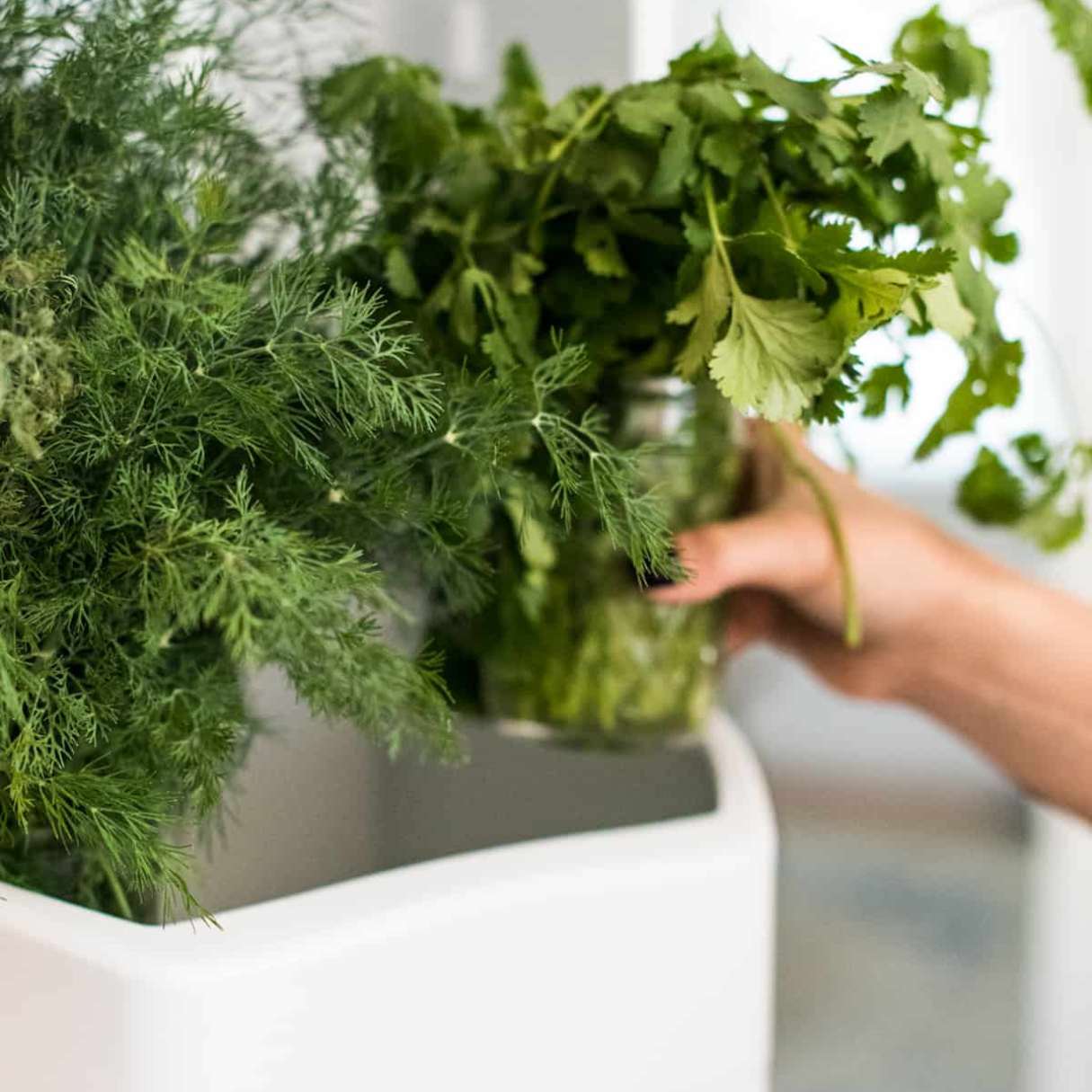

Articles
How To Store Thyme In Fridge
Modified: March 23, 2024
Find out the best way to store thyme in the fridge with these helpful articles. Keep your herbs fresh and flavorful for longer periods.
(Many of the links in this article redirect to a specific reviewed product. Your purchase of these products through affiliate links helps to generate commission for Storables.com, at no extra cost. Learn more)
Introduction
Thyme is an aromatic herb that is commonly used in cooking to add a delightful flavor and aroma to various dishes. Whether you grow your own thyme or buy it fresh from the market, you may find yourself with a surplus of this versatile herb. To prevent it from going to waste, storing thyme in the fridge is an excellent option.
By storing thyme properly in the fridge, you can extend its shelf life and ensure that you have a ready supply of fresh thyme whenever you need it. In this article, we will guide you on the best practices for storing thyme in the fridge, from preparing the herb to choosing the right storage containers.
So, if you’re ready to learn how to store thyme in the fridge and keep it fresh for longer periods, let’s get started!
Key Takeaways:
- Store thyme in the fridge to preserve its freshness, extend its shelf life, and have a convenient supply for culinary creations. Proper preparation, storage containers, and handling are key to maintaining its flavor and aroma.
- Utilize stored thyme in cooking, baking, infusions, and herb seasonings to elevate flavors and impress with fresh, aromatic dishes. Follow simple tips to maintain thyme’s freshness and enjoy its culinary benefits.
Read more: How To Keep Thyme Fresh In The Fridge
Why Store Thyme in the Fridge?
When it comes to preserving the freshness and flavor of herbs like thyme, the refrigerator is your best friend. Here are a few reasons why storing thyme in the fridge is a wise choice:
- Preserves Freshness: Thyme is a delicate herb that can quickly lose its flavor and aroma if not stored properly. By keeping it in the refrigerator, you can slow down the chemical reactions that cause its deterioration, helping to maintain its freshness for a longer period.
- Extends Shelf Life: Thyme is known for its short shelf life, especially when it is picked fresh or purchased in bulk. Refrigeration can significantly extend its lifespan, allowing you to enjoy its flavors and benefits for an extended period.
- Convenience: Storing thyme in the fridge ensures that it is readily available whenever you need it. Instead of running to the store every time you want to use fresh thyme, you can simply reach into your fridge and grab what you need.
- Versatility in Storage: The fridge provides a versatile storage option for thyme. Depending on your preference, you can store it in various forms, such as whole sprigs, chopped leaves, or even as frozen cubes for long-term storage.
Overall, the refrigerator provides an optimal environment for preserving thyme’s freshness, taste, and aroma, making it the ideal storage location for this herb.
Preparing Thyme for Storage
Before storing thyme in the fridge, it is essential to prepare it properly to ensure maximum freshness. Follow these steps to get your thyme ready for storage:
- Inspect and Sort: Start by carefully inspecting your thyme sprigs for any signs of wilting, yellowing, or decay. Remove any damaged or discolored leaves, as they can affect the overall quality of the herb. Sort through the thyme sprigs and separate the fresh and healthy ones from the ones that are past their prime.
- Clean and Dry: Rinse the thyme sprigs gently under cold running water to remove any dirt or debris. Pat them dry using a clean kitchen towel or paper towels. It is essential to ensure that the thyme is completely dry before storing it, as excess moisture can lead to mold growth.
- Trim the Stems: Trim the bottom ends of the thyme stems using a sharp kitchen knife. Removing the woody and tough part of the stems will not only improve the appearance but also enhance the overall flavor and texture of the herb.
- Chop or Leave Whole: Decide whether you want to store the thyme sprigs whole or chopped. Leaving them whole is ideal if you plan to use them in recipes that require whole sprigs. On the other hand, chopping the leaves makes it easier to measure and incorporate the herb into various dishes.
Once you have prepared your thyme using these simple steps, you are ready to move on to choosing the right storage containers for optimal preservation.
Proper Storage Containers
Choosing the right storage containers for storing thyme in the fridge is crucial to maintaining its freshness and flavor. Here are a few options to consider:
- Airtight Containers: Airtight containers, such as glass jars with tight-fitting lids or plastic containers with secure seals, are excellent choices for storing fresh thyme. These containers prevent air from entering and moisture from escaping, keeping the herb fresh and free from moisture-related issues like wilting.
- Plastic Bags: Another option is to place the trimmed and dried thyme sprigs in a plastic bag, squeezing out as much air as possible before sealing it tightly. This method works well for short-term storage and is convenient if you have limited storage space in your fridge.
- Herb Keepers: Herb keepers are specially designed containers that are made to prolong the freshness of herbs. These containers often have compartments that allow you to store multiple herbs separately. They also have a built-in water reservoir at the bottom, keeping the herbs hydrated without directly exposing them to moisture. Using an herb keeper can help extend the shelf life of your thyme.
- Ice Cube Trays: If you prefer to freeze your thyme for long-term storage, consider using ice cube trays. Simply chop the thyme leaves and place them in each compartment of the ice cube tray. Fill the compartments with water or olive oil, then freeze. Once frozen, transfer the thyme cubes to a freezer-safe container or bag.
Regardless of the storage container you choose, make sure it is clean and dry before placing the thyme inside. This will prevent any contamination and maintain the quality of the herb throughout its storage.
To store thyme in the fridge, first wash and dry the sprigs thoroughly. Then, wrap them in a slightly damp paper towel and place them in a resealable plastic bag. Store in the crisper drawer for up to two weeks.
Storing Thyme in the Fridge
Now that you have prepared your thyme and chosen the appropriate storage container, it’s time to store it in the fridge. Follow these steps to ensure optimal storage conditions:
- Line the Container: If you are using a plastic bag or an airtight container, consider lining it with a paper towel or a clean kitchen towel. This will help absorb any excess moisture and keep the thyme dry, preventing it from wilting or developing mold.
- Place the Thyme: Gently place the prepared thyme sprigs or chopped leaves into the storage container, arranging them in a single layer if possible. This allows for better air circulation and prevents the thyme from getting crushed or packed tightly together.
- Seal or Close the Container: Seal the airtight container tightly or close the plastic bag, ensuring that no air or moisture can enter. This step is crucial, as exposure to air or moisture can lead to the loss of flavor and freshness.
- Store in the Fridge: Place the sealed container with the thyme in the refrigerator. It is recommended to keep it in the main compartment of the fridge, rather than the door, as the temperature is typically more stable in the main compartment.
- Avoid Excess Moisture: Moisture is the enemy of dried herbs. To minimize moisture buildup, avoid placing the thyme container near areas of the fridge where condensation tends to occur, such as the vegetable drawer. Additionally, ensure that the fridge temperature is set between 35°F (1.5°C) and 40°F (4.5°C) for optimal preservation.
By following these steps, you can store your thyme in the fridge and maintain its freshness for an extended period, allowing you to enjoy its flavors in your culinary creations whenever you desire.
Read more: How Long Will Fresh Thyme Last In The Fridge
Tips for Maintaining Thyme Freshness
To ensure that your stored thyme remains fresh and flavorful for as long as possible, consider the following tips:
- Label and Date: If you have stored thyme in different containers or using different methods, be sure to label them with the date of storage. This will help you keep track of the freshness and rotation of your thyme supply.
- Keep it Whole: If you stored the thyme sprigs whole, try to refrain from removing the leaves until you are ready to use them. Whole sprigs tend to retain their flavor and aroma better than chopped leaves.
- Use Fresh Storage Containers: If you have used a container for storing other foods or herbs in the past, make sure it is thoroughly cleaned before using it for thyme storage. Lingering odors or residues can affect the flavor of the thyme.
- Handle with Care: Whenever you need to take thyme from the fridge, handle it gently to prevent crushing the leaves or damaging the sprigs. Minimizing physical damage will help maintain the flavor and quality of the herb.
- Avoid Direct Contact: When storing thyme in the fridge, try to keep it away from items with strong smells, such as onions or garlic. Thyme has a delicate flavor, and it can easily absorb odors from other foods.
- Frequent Check-ups: Regularly check your stored thyme for any signs of mold, wilting, or sponginess. If you notice any spoilage, remove the affected sprigs immediately to prevent further contamination.
- Don’t Overstore: While it’s tempting to store a large amount of thyme, it’s best to store only what you can reasonably use within a few weeks. This ensures that you always have fresh thyme available and reduces the chance of wastage.
By following these simple tips, you can maintain the freshness and flavor of your stored thyme and enjoy its culinary benefits for an extended period.
Using Stored Thyme
Now that you have successfully stored thyme in the fridge and maintained its freshness, it’s time to reap the benefits in your culinary endeavors. Here are some ideas for using your stored thyme:
- Cooking: Thyme is a versatile herb that enhances the flavor of various dishes. Add it to soups, stews, sauces, marinades, roasted meats, and vegetables. You can use whole sprigs for infusing flavors or finely chop the leaves for a more intense taste.
- Baking: Thyme can also be used in baking, particularly with savory baked goods. Add it to bread dough, biscuits, or cornbread for a unique and aromatic twist.
- Infused Oils and Vinegars: Create flavorful infused oils and vinegars by steeping fresh thyme sprigs in a carrier oil or vinegar of your choice. The infused oils and vinegars can then be used as dressings, marinades, or drizzled over roasted vegetables.
- Herb Butter: Make herb-infused butter by mixing softened butter with chopped thyme leaves. Spread it on bread, melt it over steamed vegetables, or use it to baste grilled meats for a burst of flavor.
- Herb Seasoning: Dry the thyme sprigs and crush them to create your own homemade herb seasoning. Combine it with other herbs like rosemary and oregano to create a blend that can be used to season meats, vegetables, or even popcorn.
- Teas and Infusions: Thyme can be used to make soothing herbal teas or infusions. Steep a few sprigs in hot water, add honey or lemon if desired, and enjoy the calming and aromatic qualities of thyme.
Remember to adjust the amount of thyme you use in your recipes based on your taste preferences. Start with a small amount and add more if needed, as the intensity of thyme flavor can vary.
By incorporating your stored thyme into various dishes, you can elevate their flavors and add a touch of freshness that will impress your family and friends.
Conclusion
Storing thyme in the fridge is a practical and effective way to preserve its freshness, flavor, and aroma. By following the proper preparation and storage methods outlined in this article, you can extend the shelf life of thyme and ensure that you always have a ready supply of this versatile herb on hand.
Remember to inspect and clean the thyme before storage, choose the right storage container, and store it in the fridge at the appropriate temperature. Additionally, maintaining the freshness of thyme requires proper handling, frequent check-ups, and avoiding overstorage.
Once your thyme is properly stored, you can incorporate it into a wide range of culinary creations. Whether you’re using it in savory dishes, baking, infusing oils and vinegars, or making herb seasonings, thyme adds a delightful flavor and aroma that enhances any recipe.
So, next time you find yourself with an abundance of thyme, don’t let it go to waste. Instead, store it in the fridge using these guidelines and explore the many culinary possibilities that fresh thyme can bring to your kitchen.
Enjoy the convenience, flavor, and freshness of your stored thyme, and elevate your culinary creations to new heights!
Frequently Asked Questions about How To Store Thyme In Fridge
Was this page helpful?
At Storables.com, we guarantee accurate and reliable information. Our content, validated by Expert Board Contributors, is crafted following stringent Editorial Policies. We're committed to providing you with well-researched, expert-backed insights for all your informational needs.
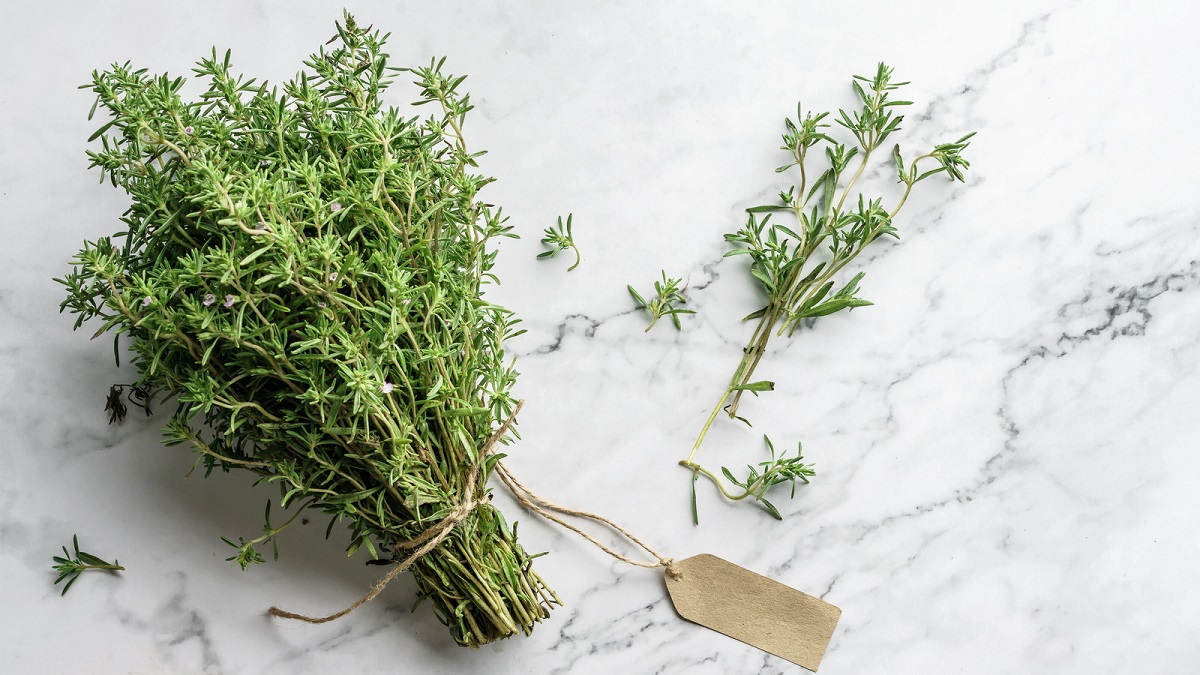
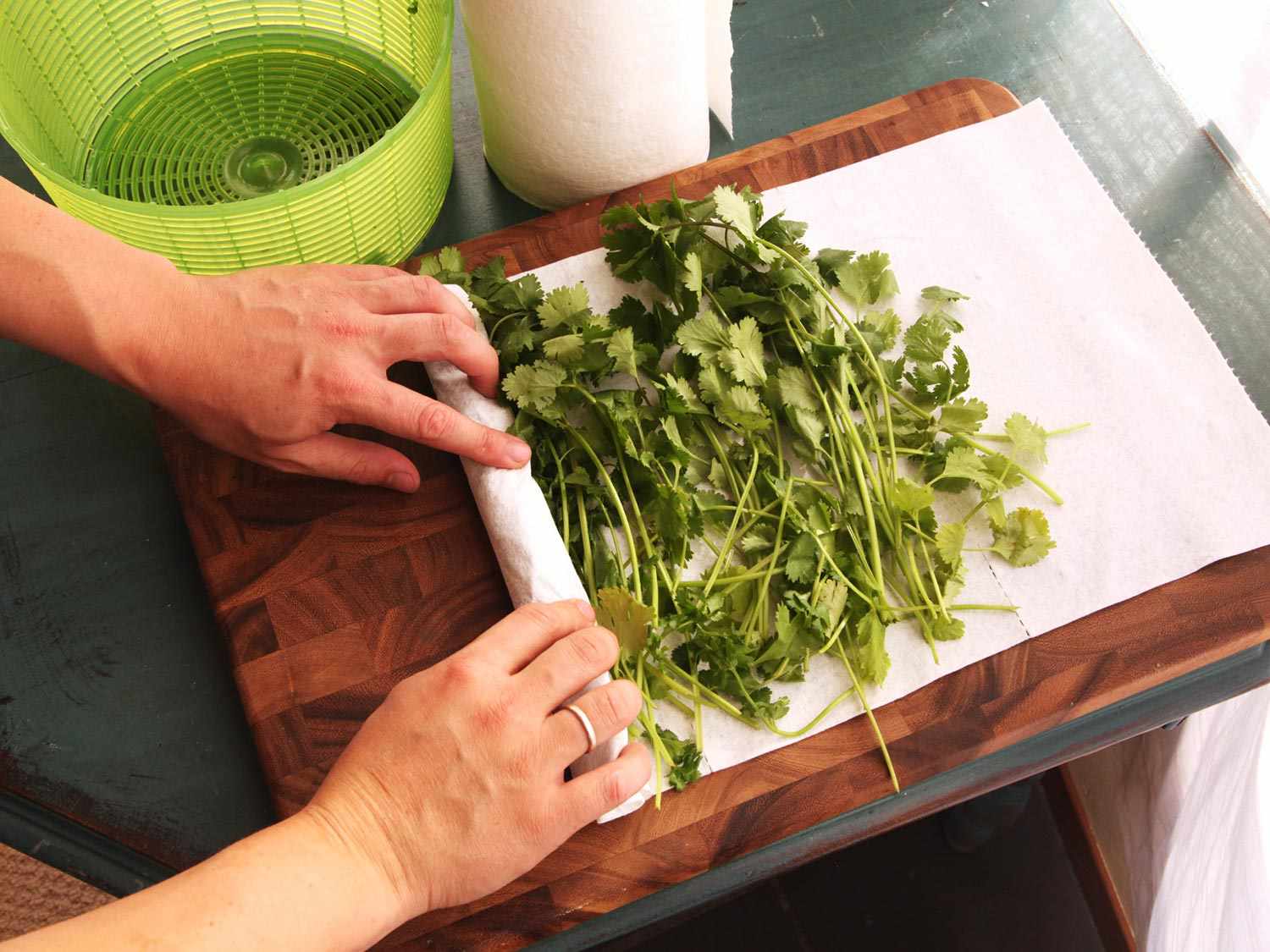
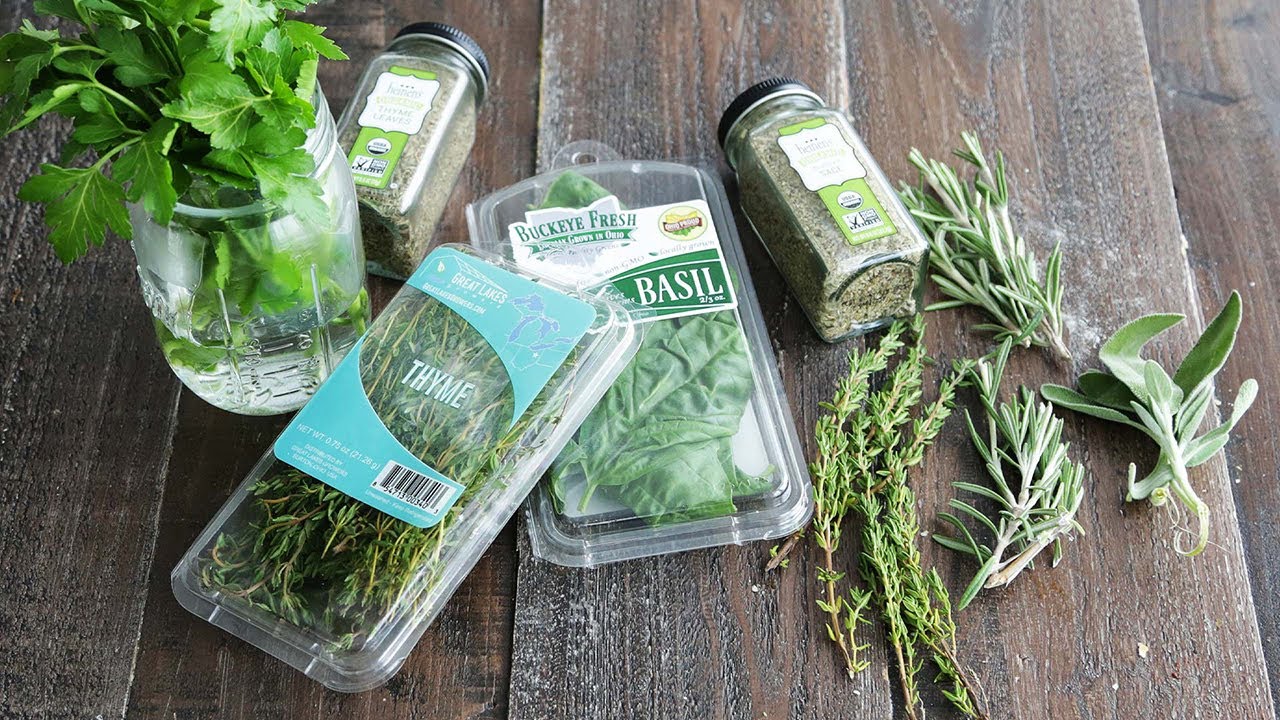
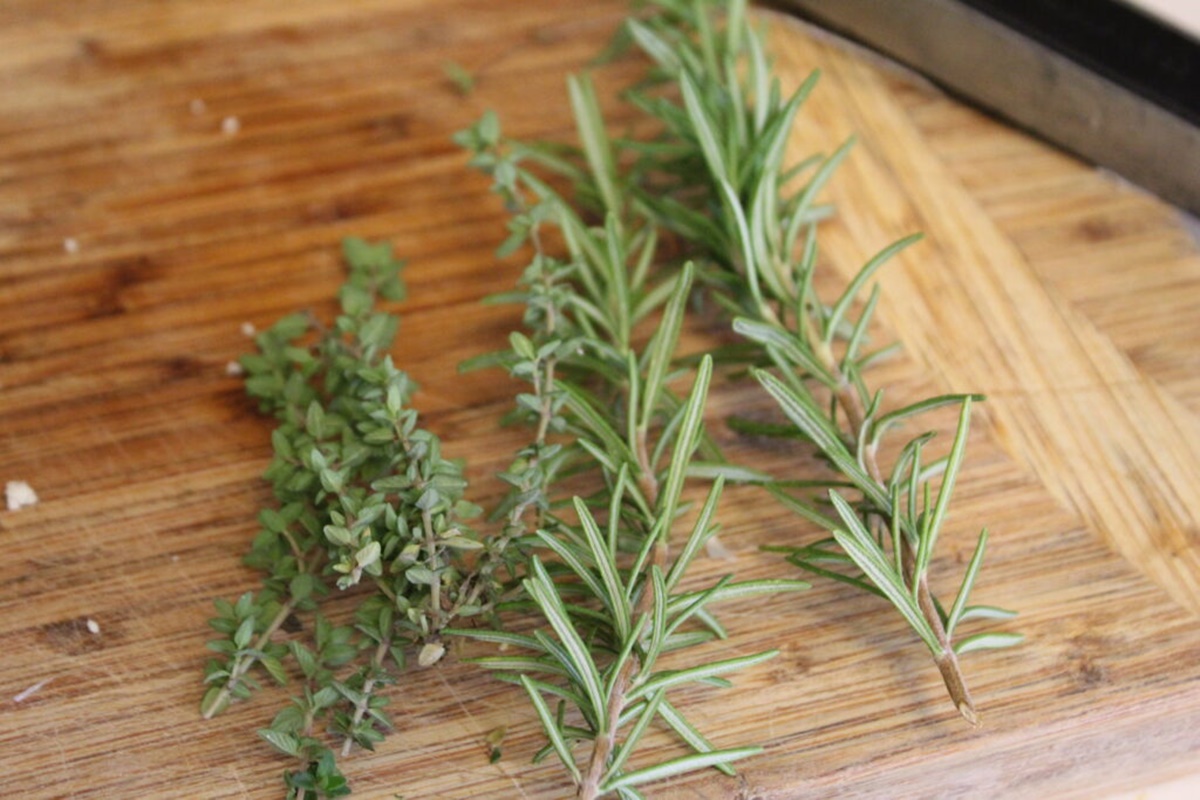


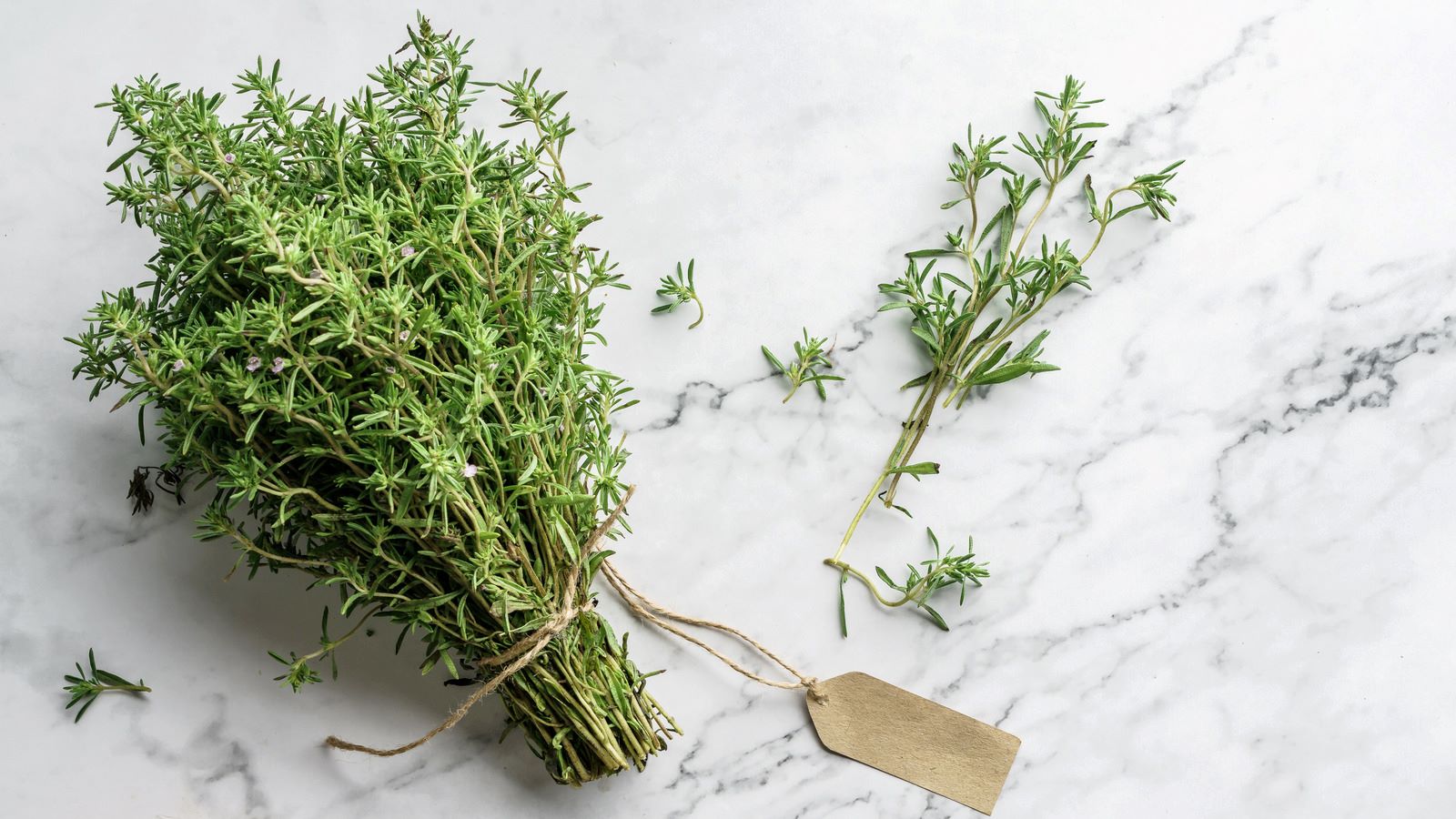
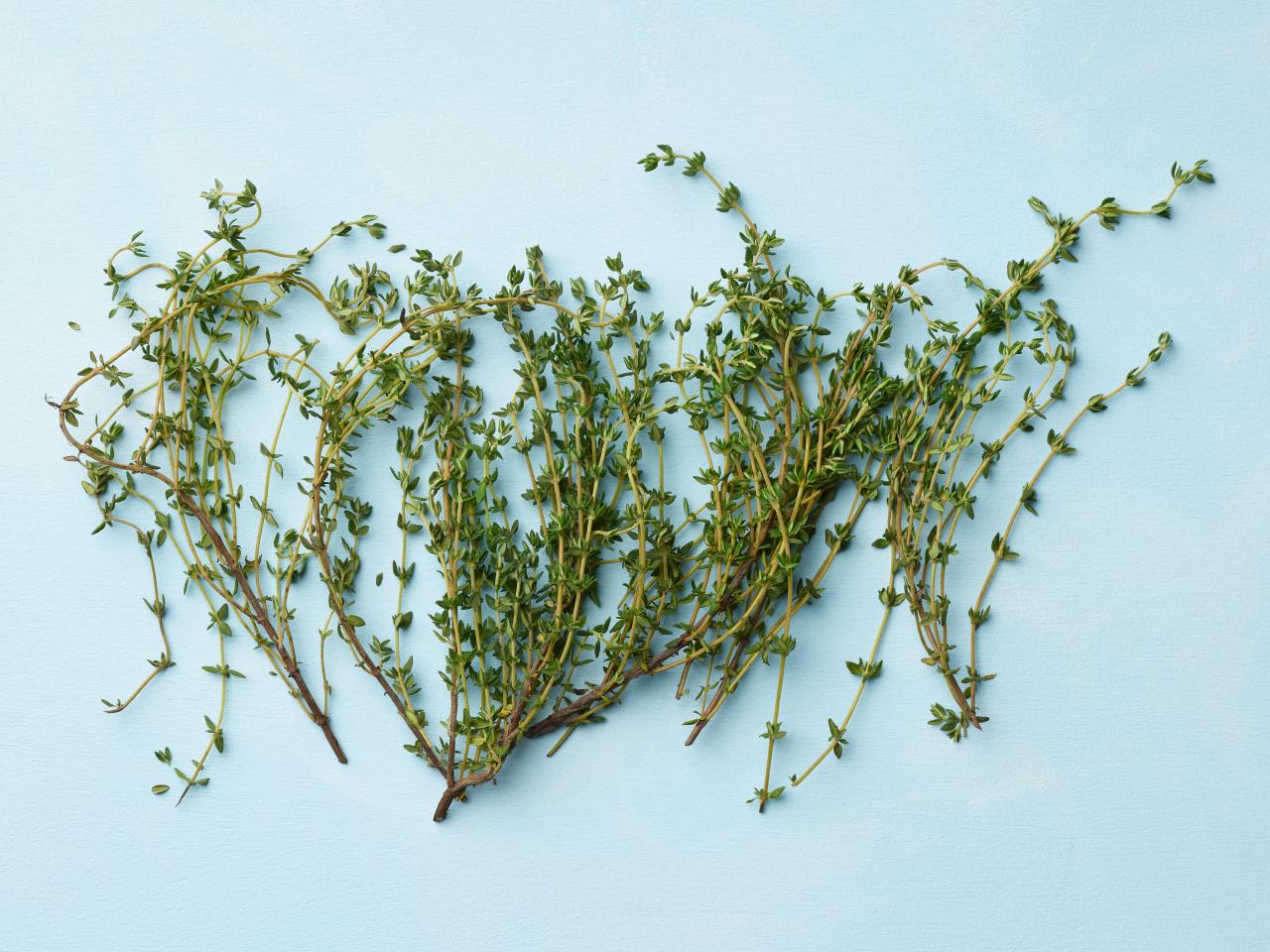
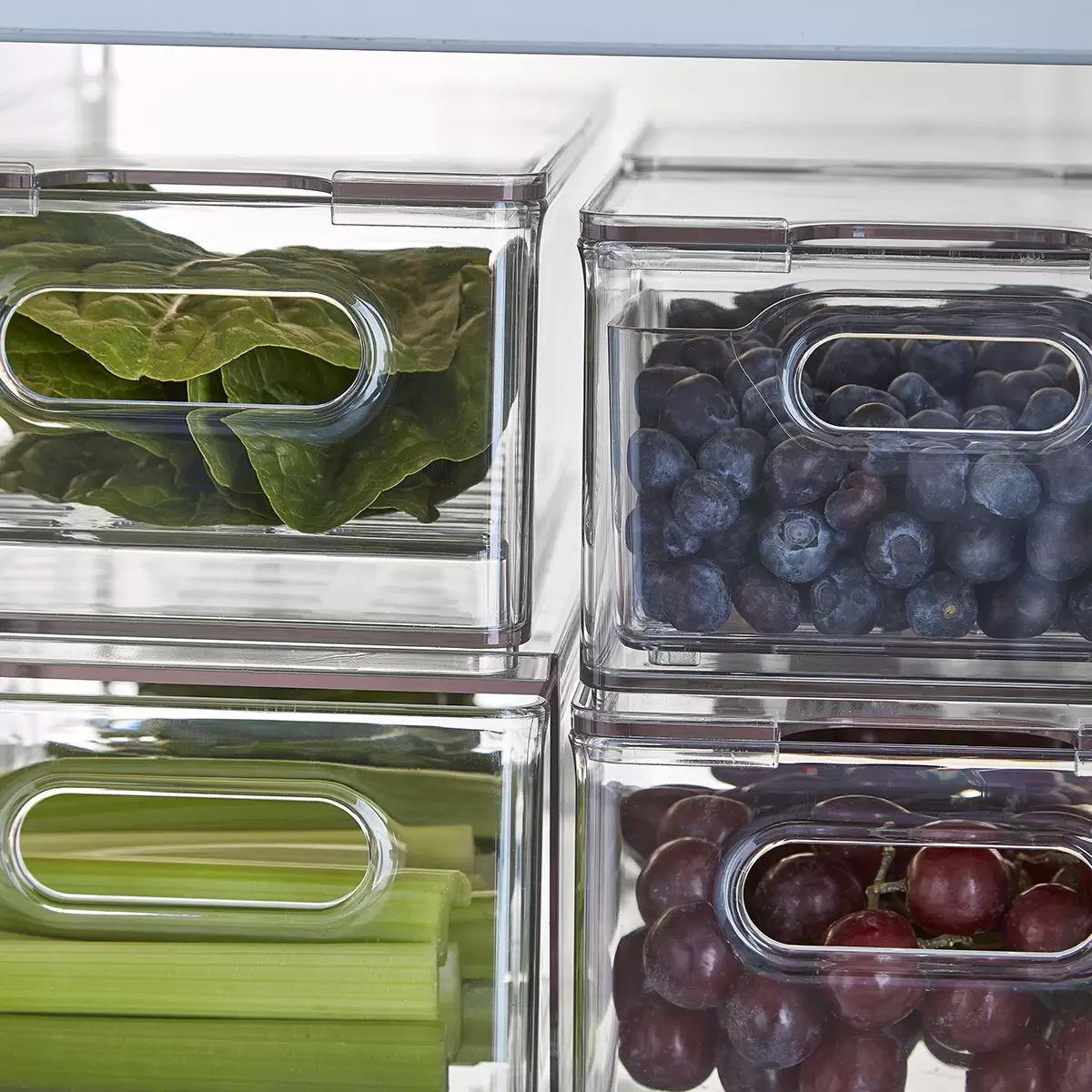

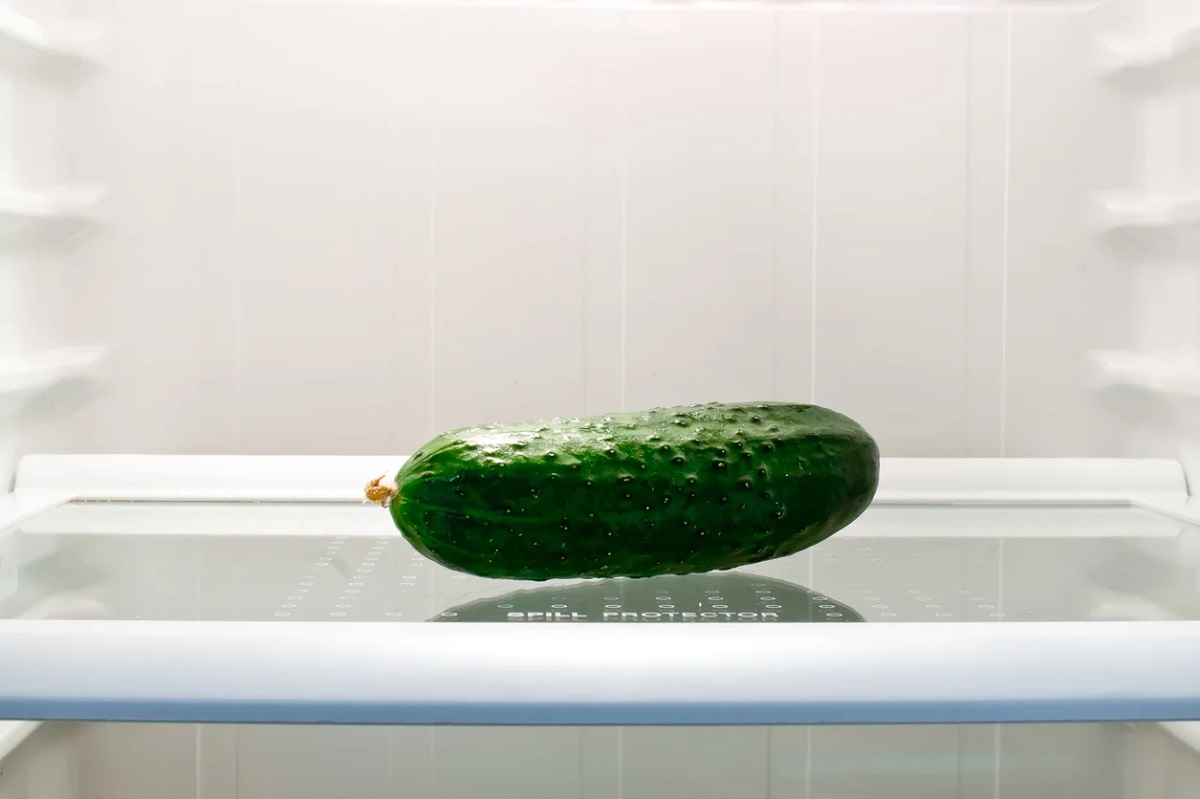

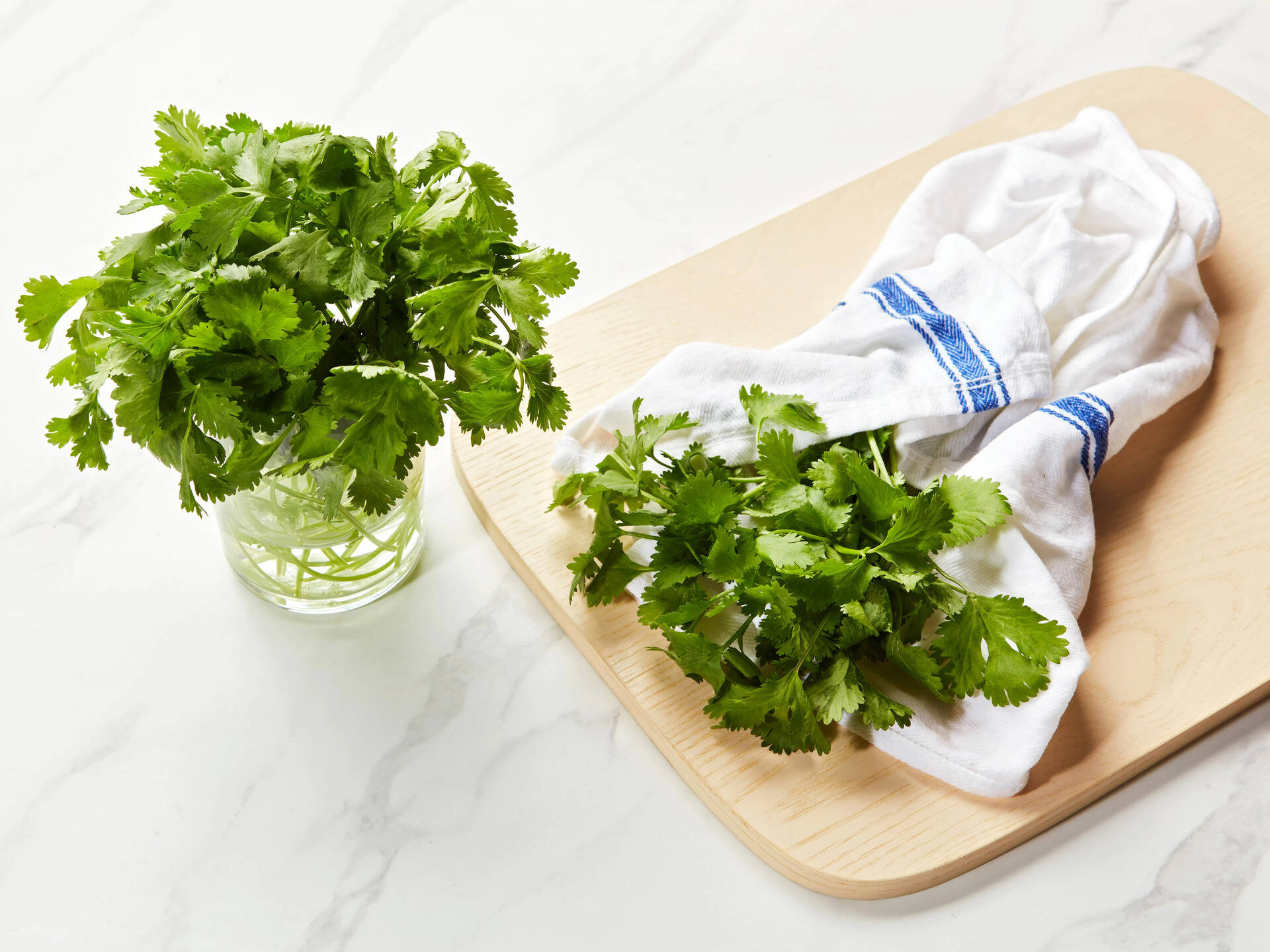
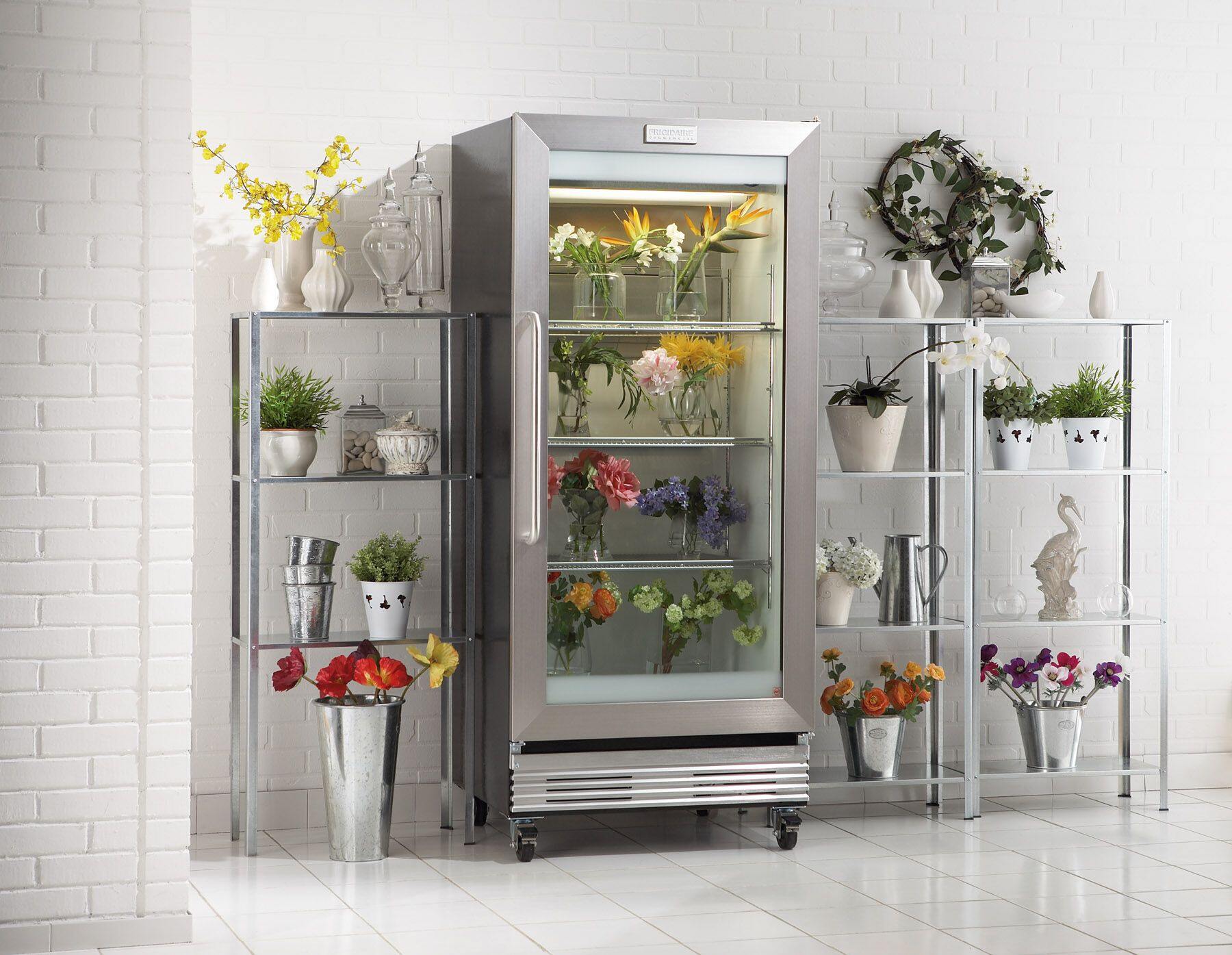

0 thoughts on “How To Store Thyme In Fridge”